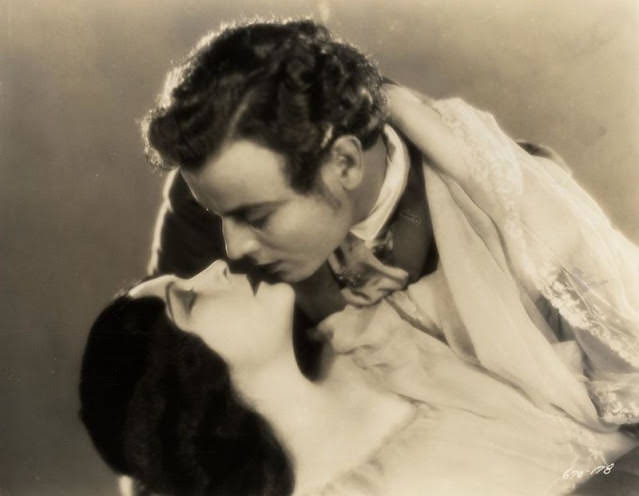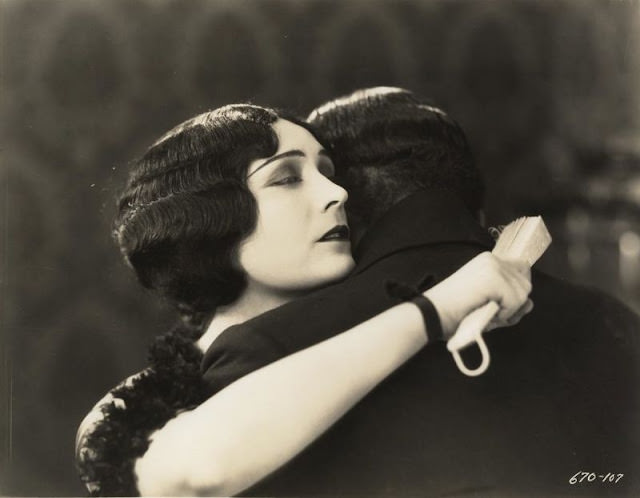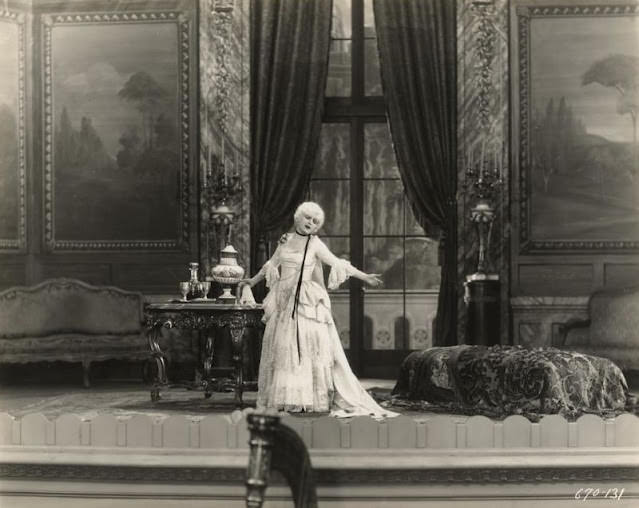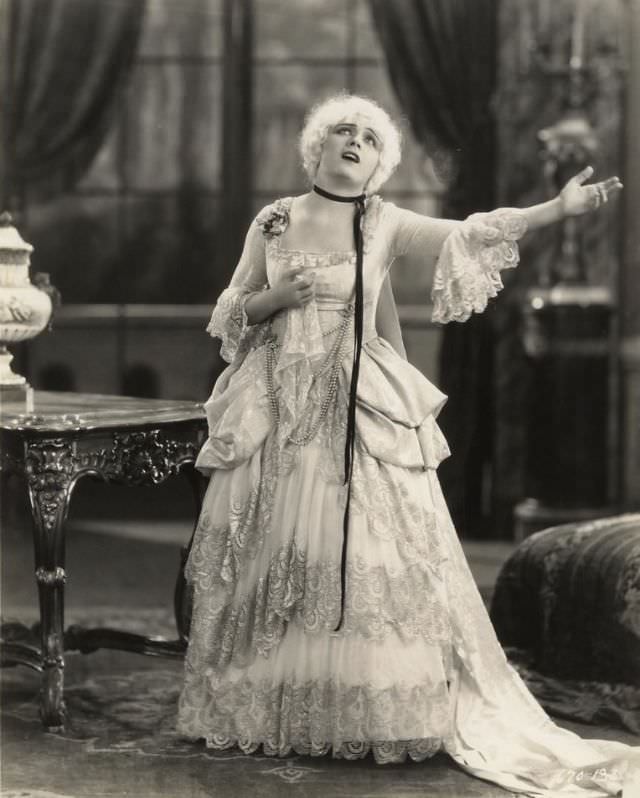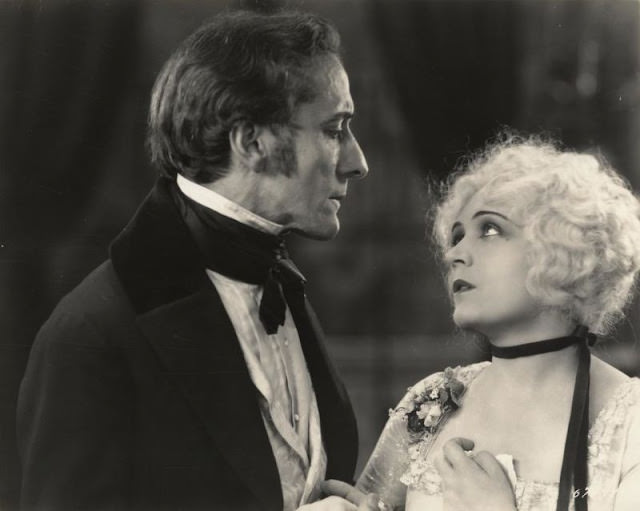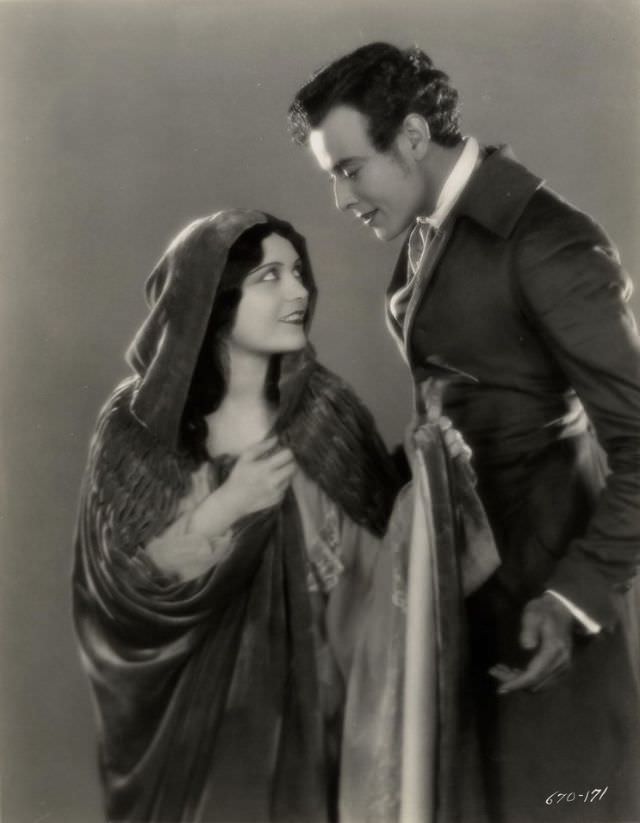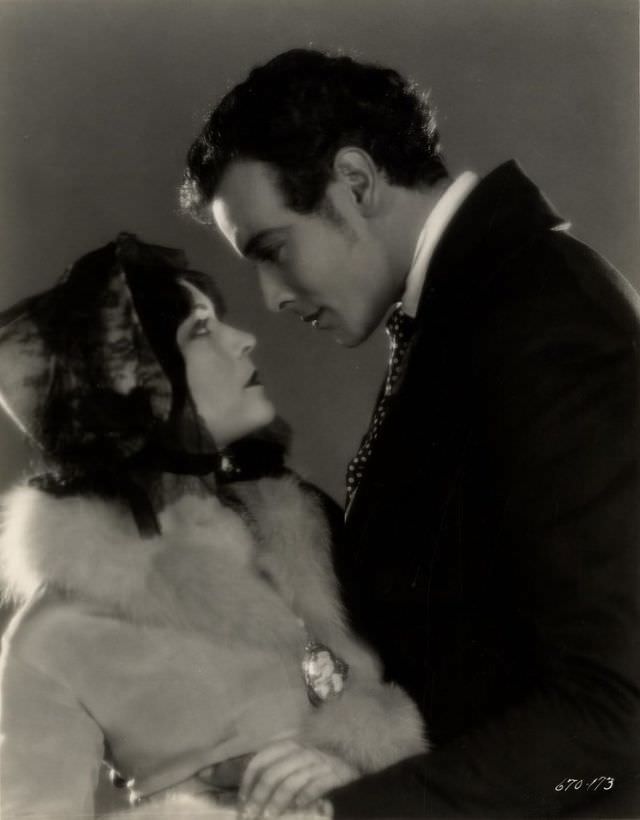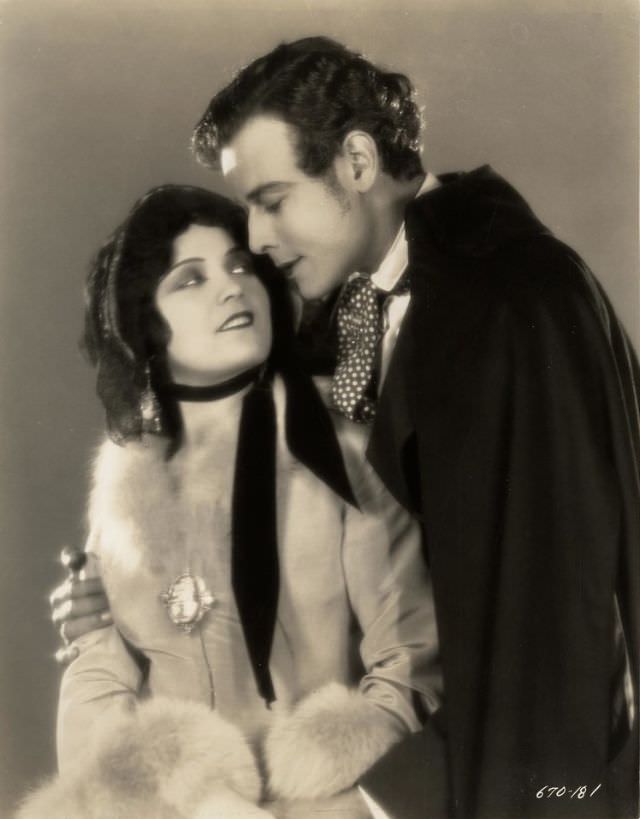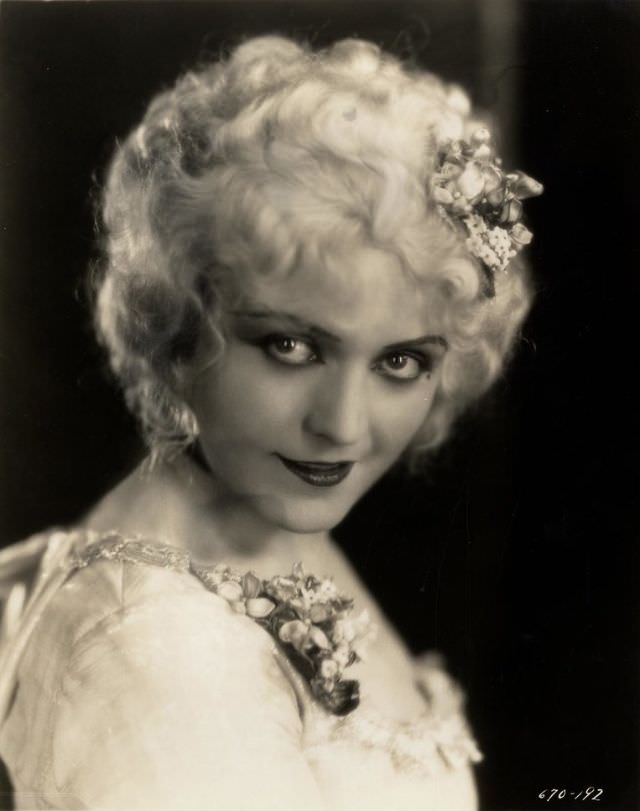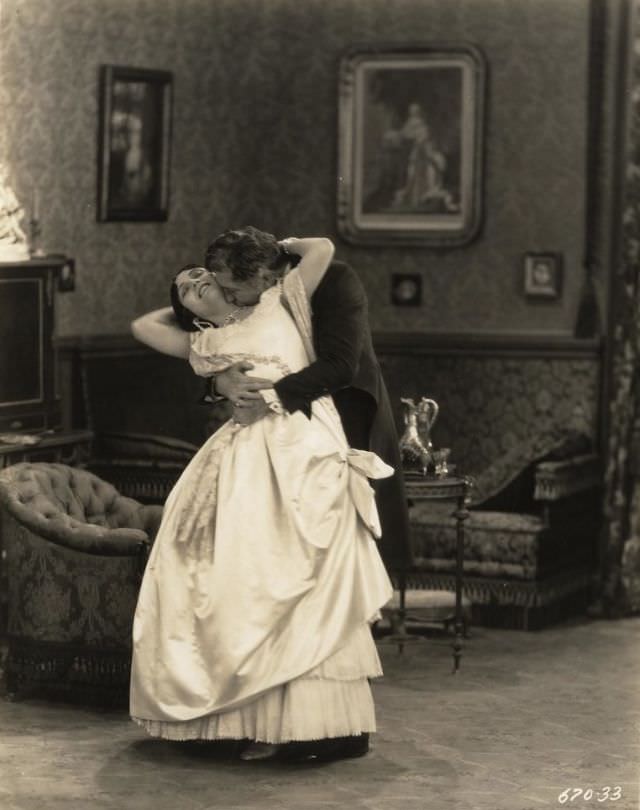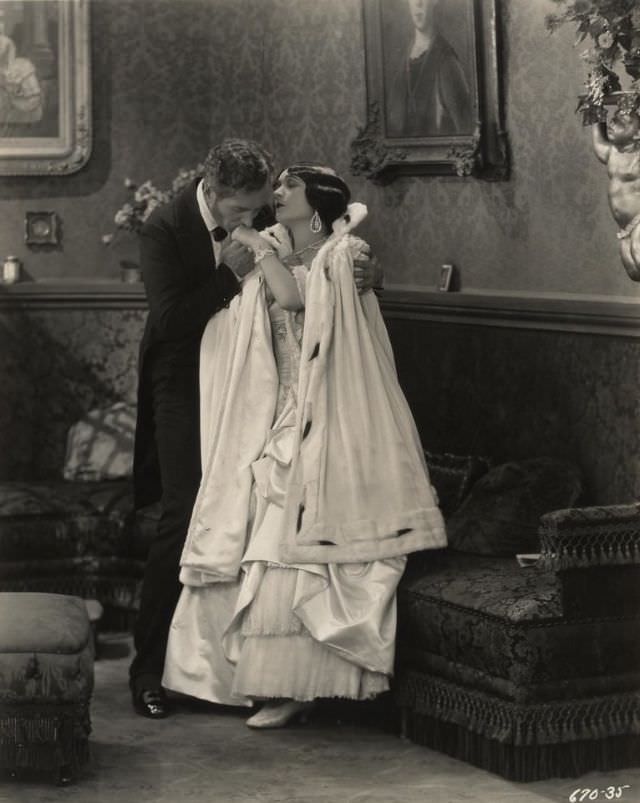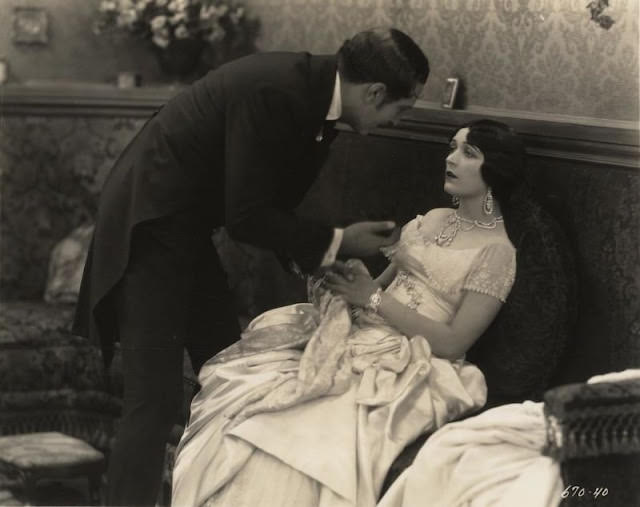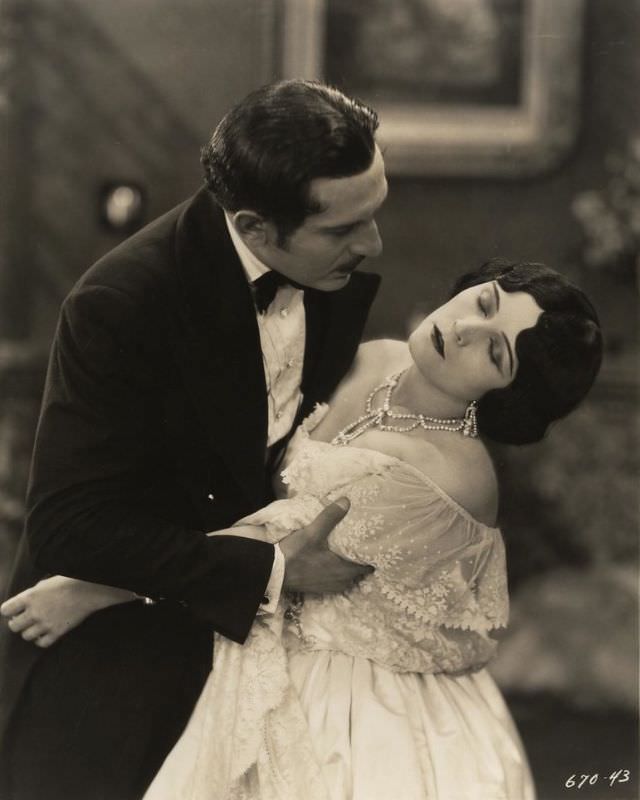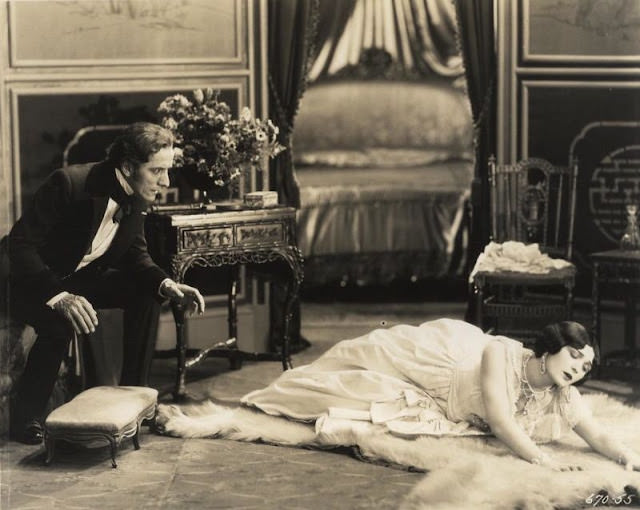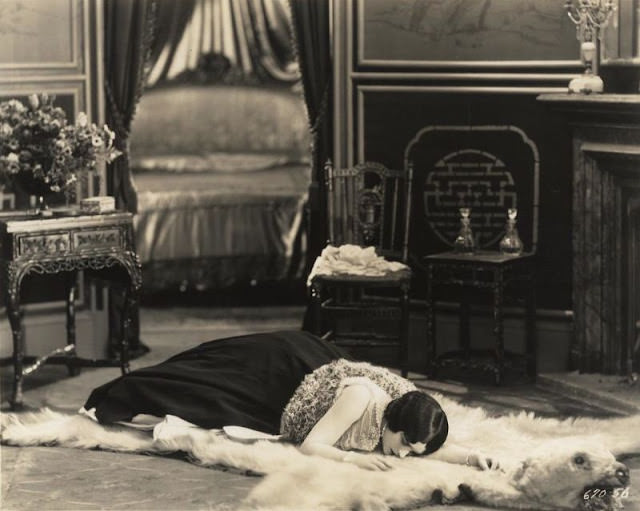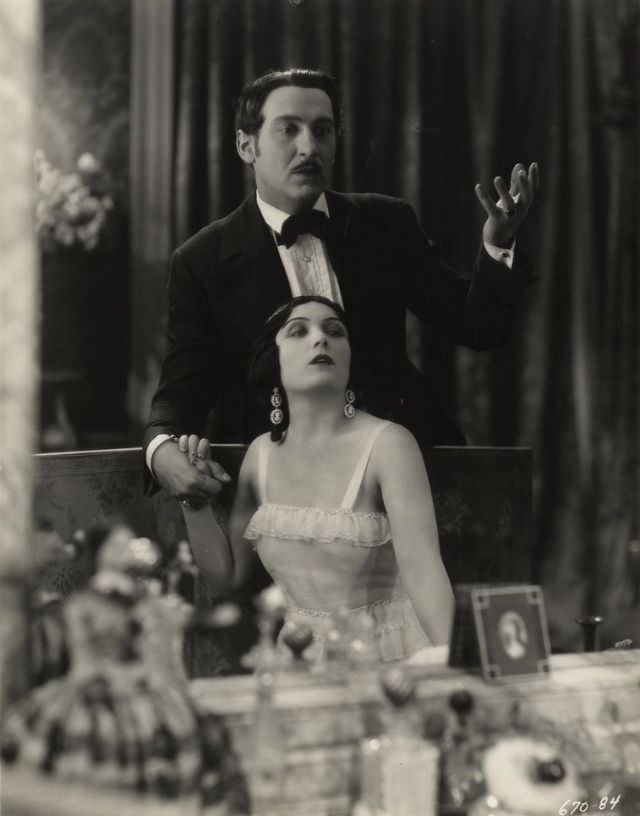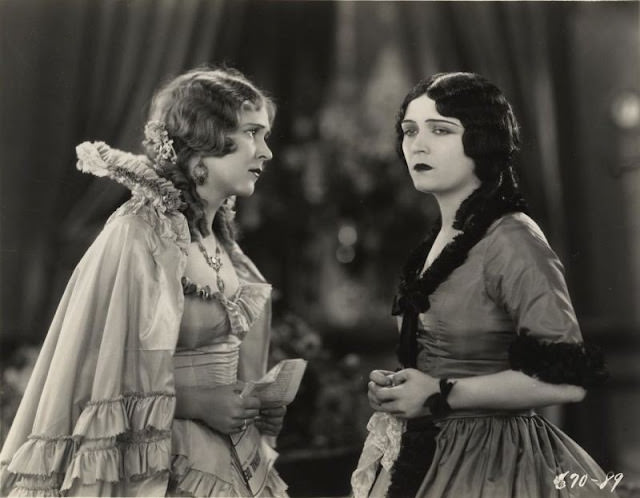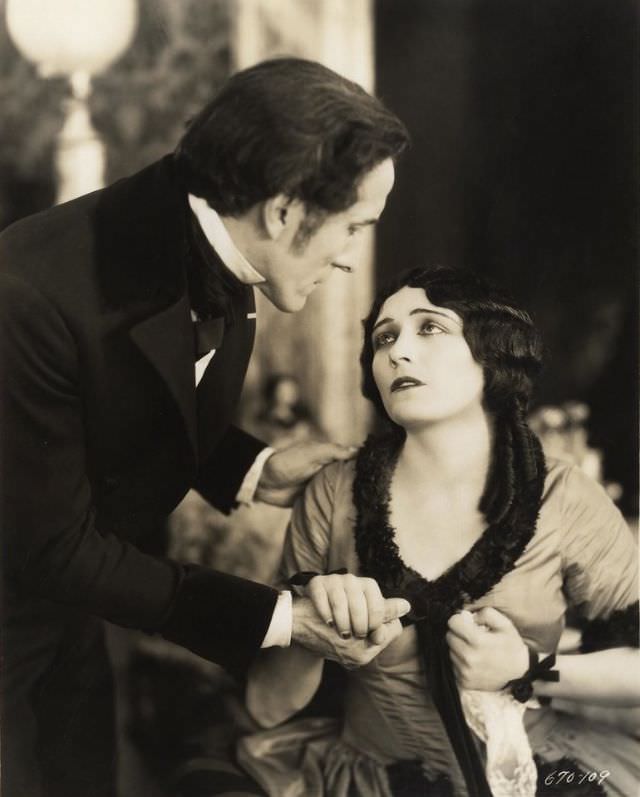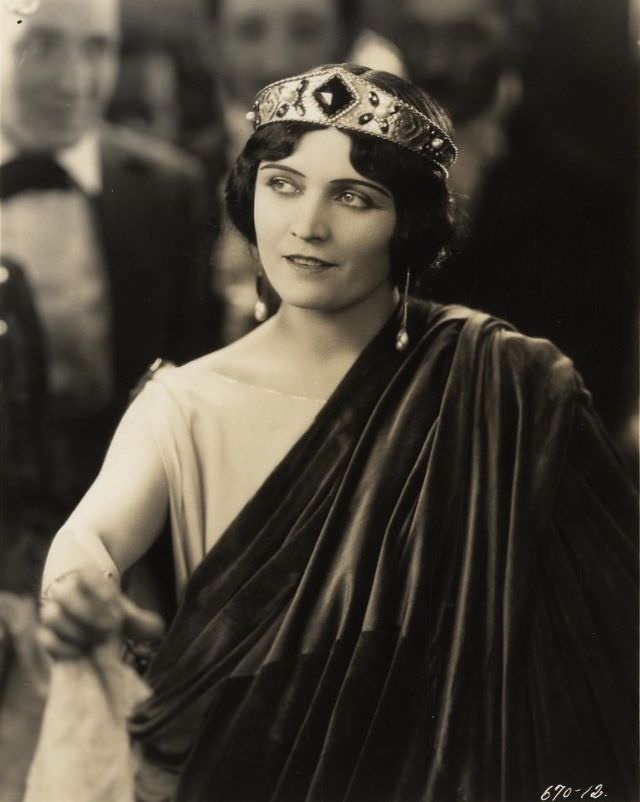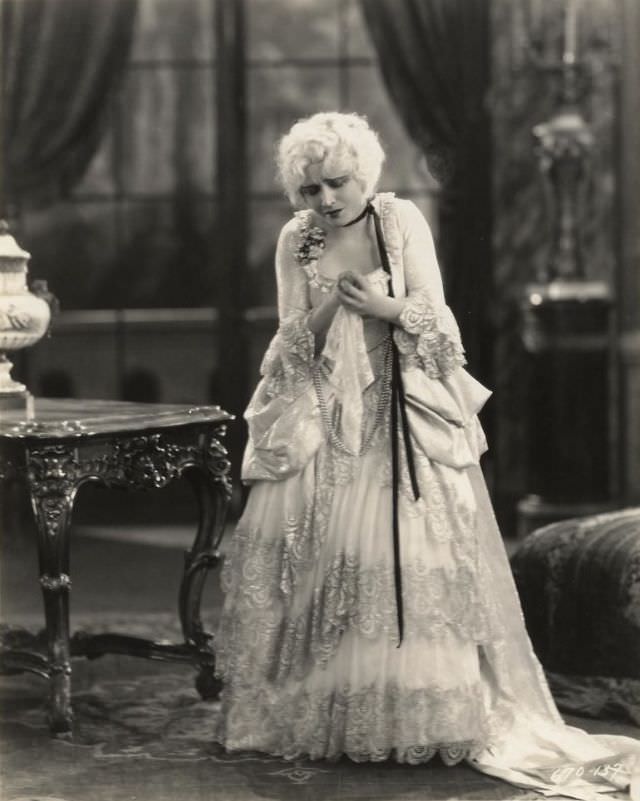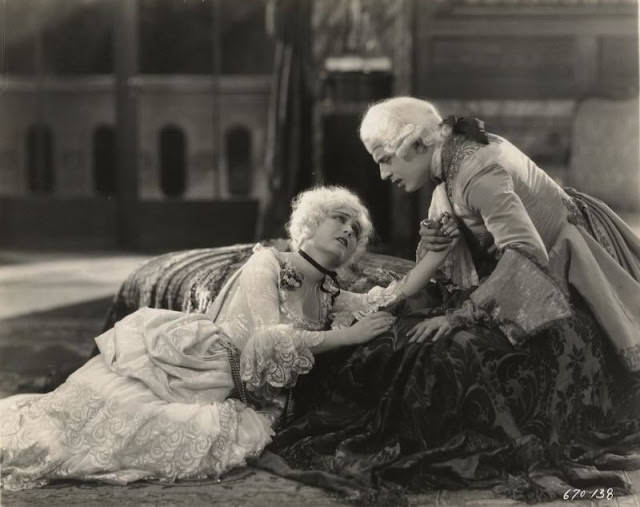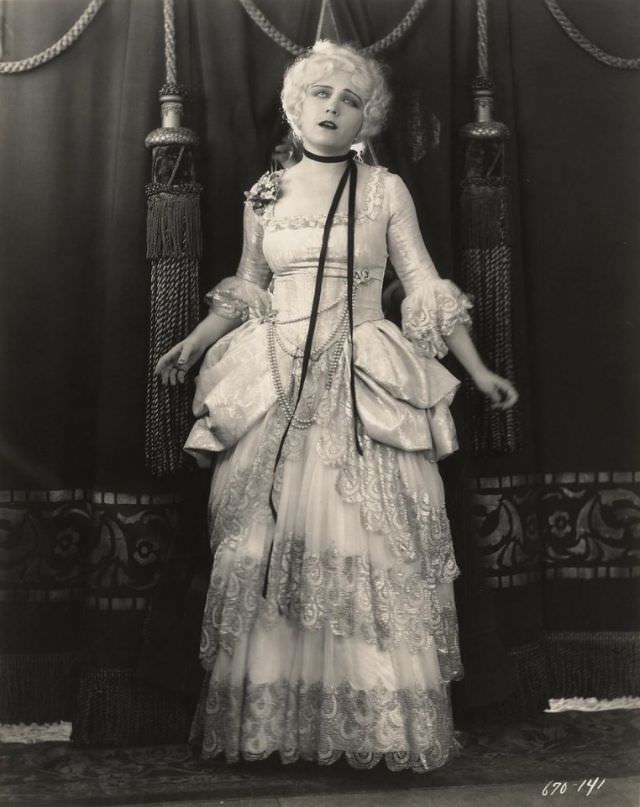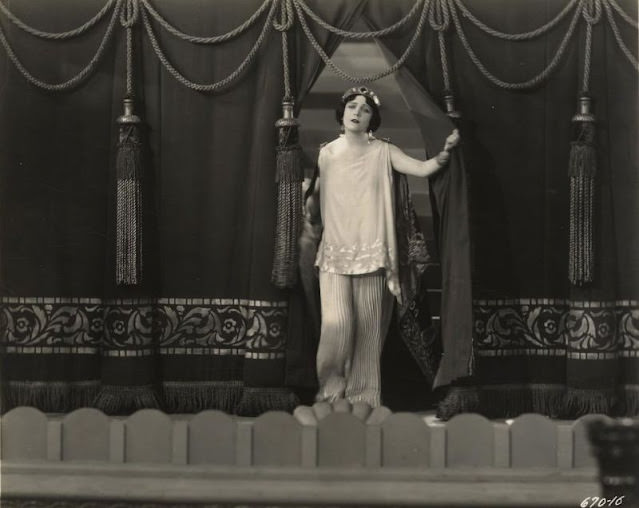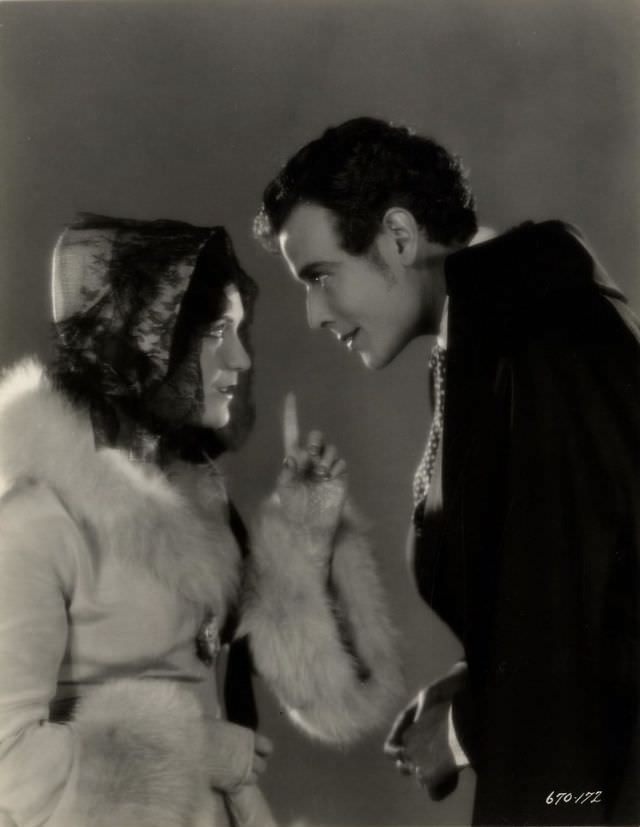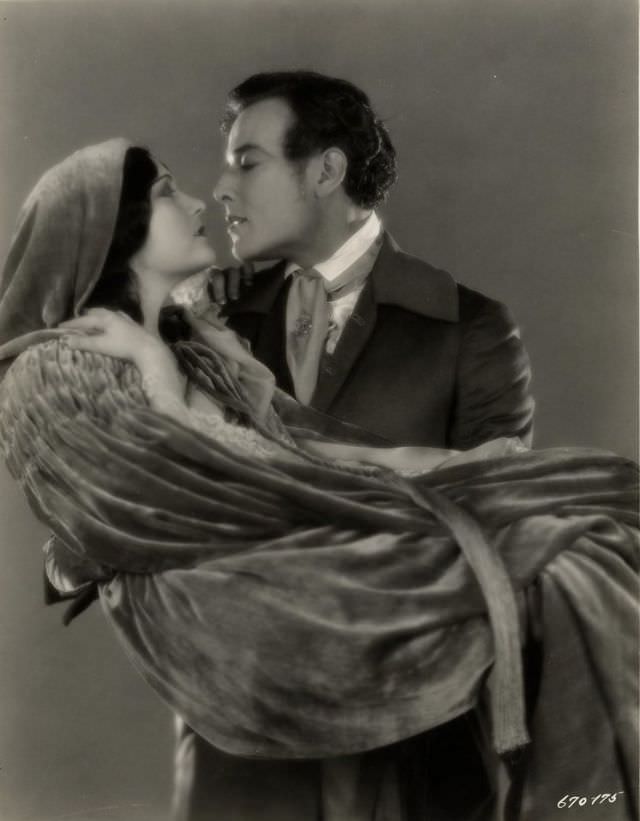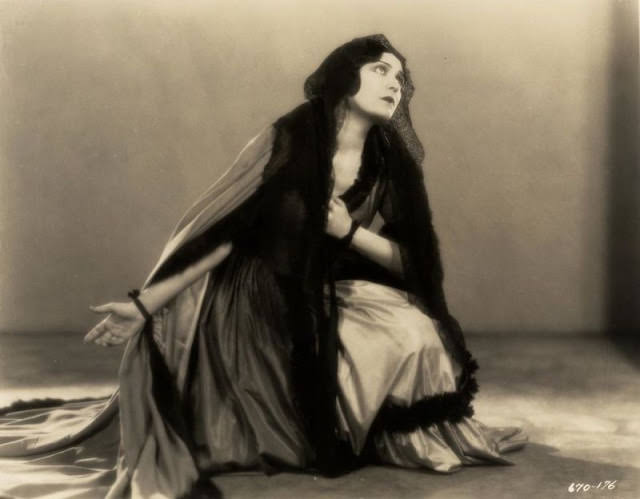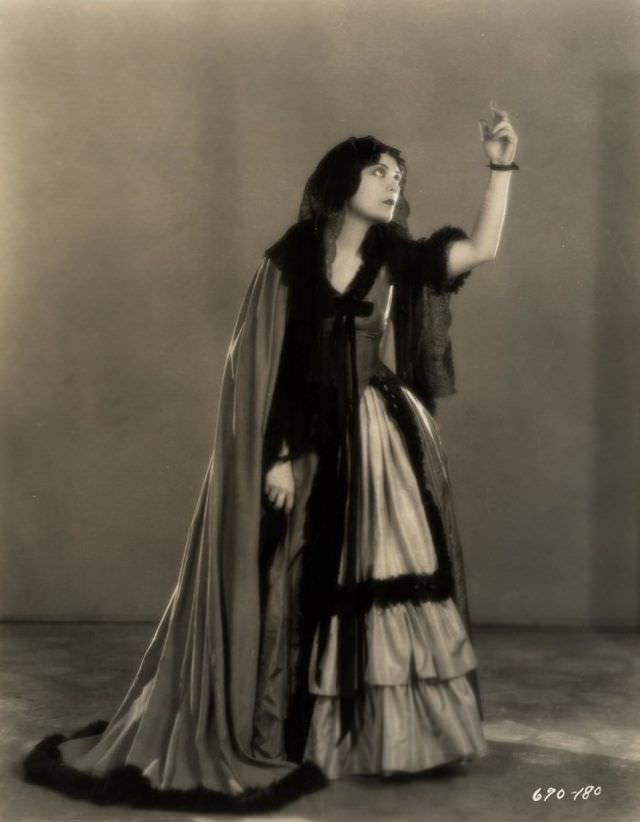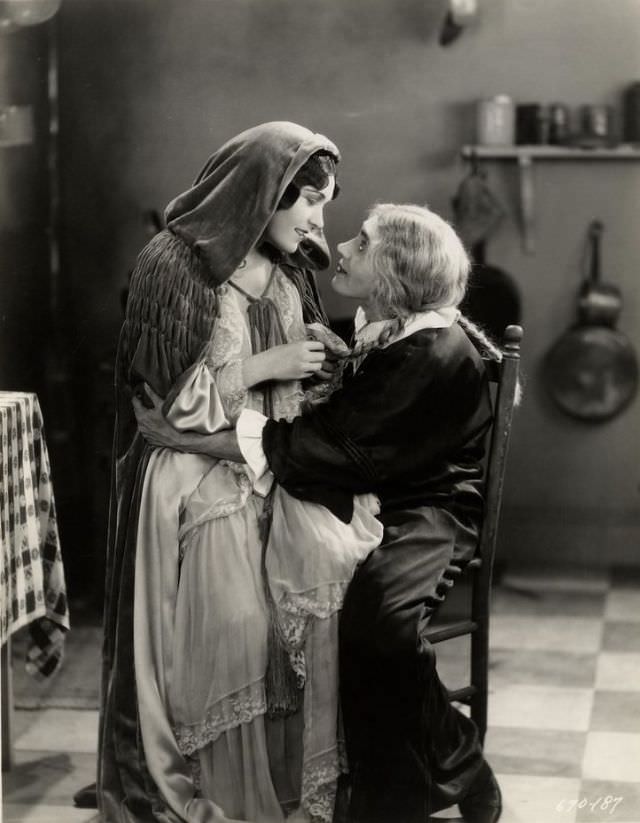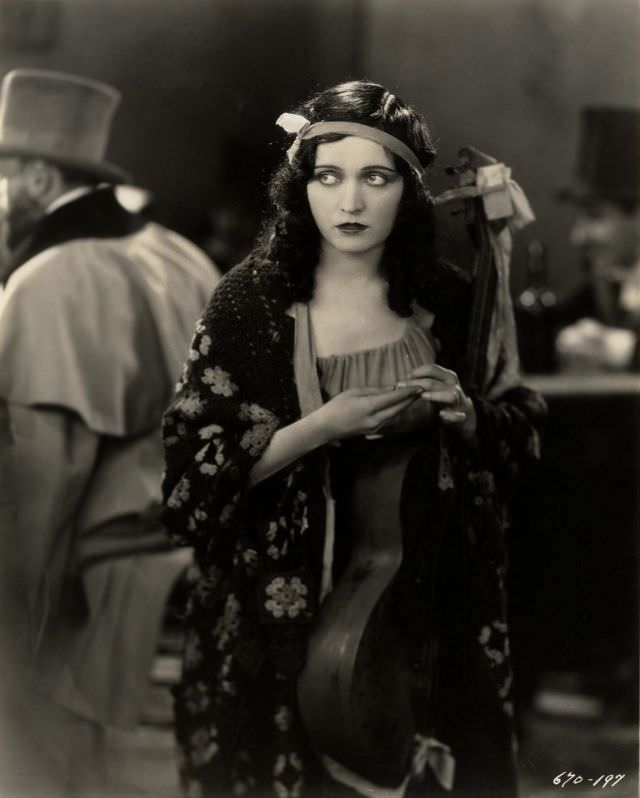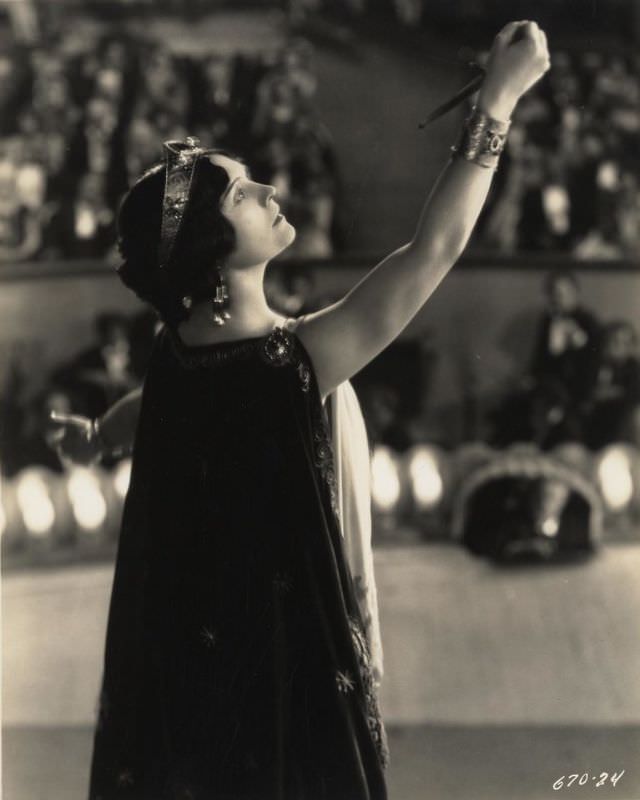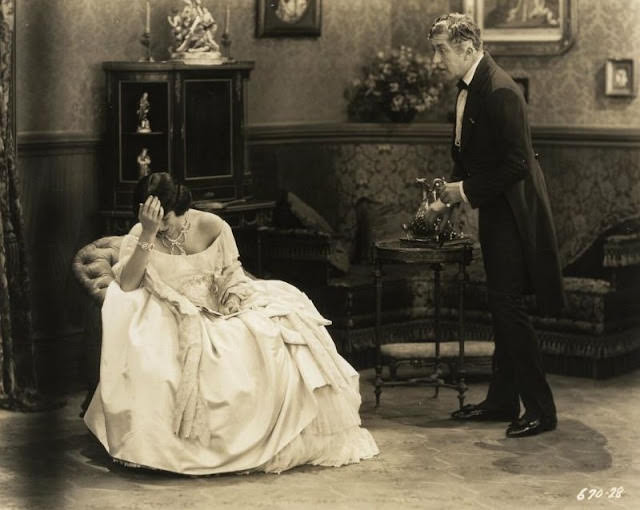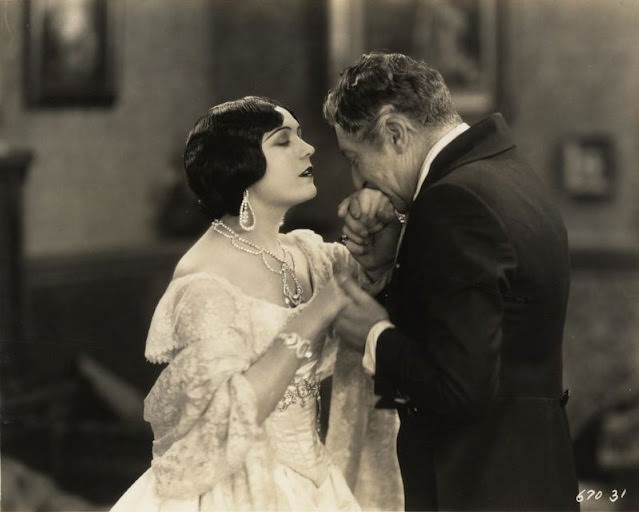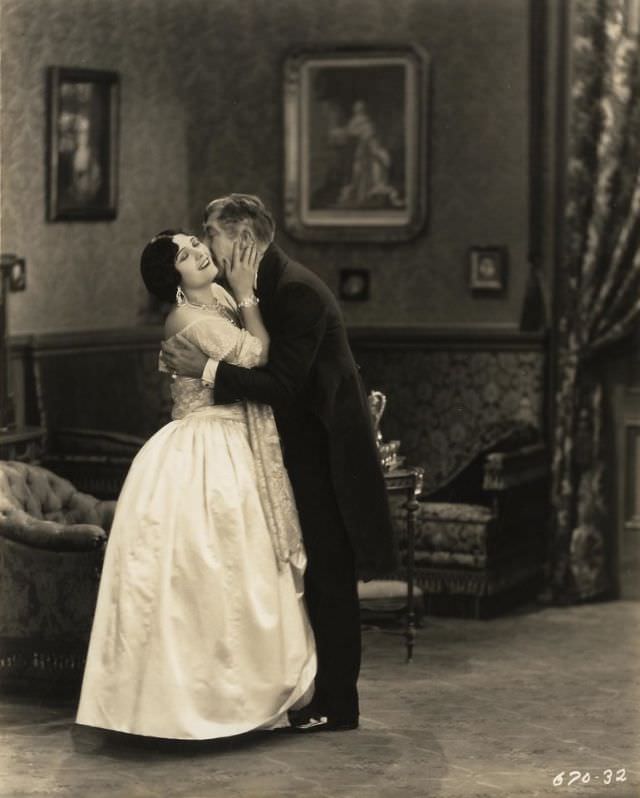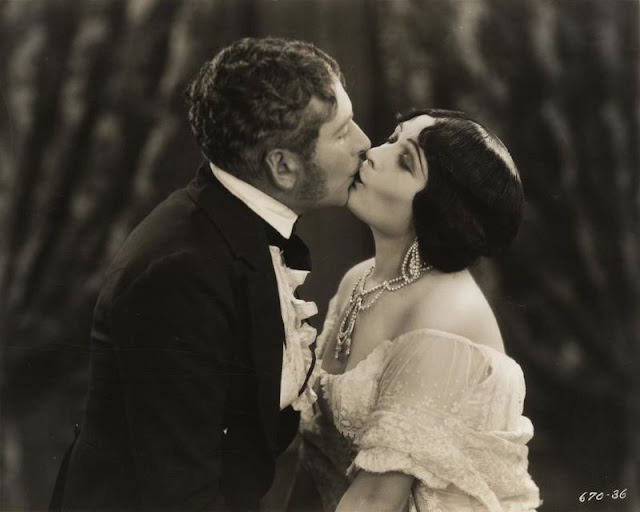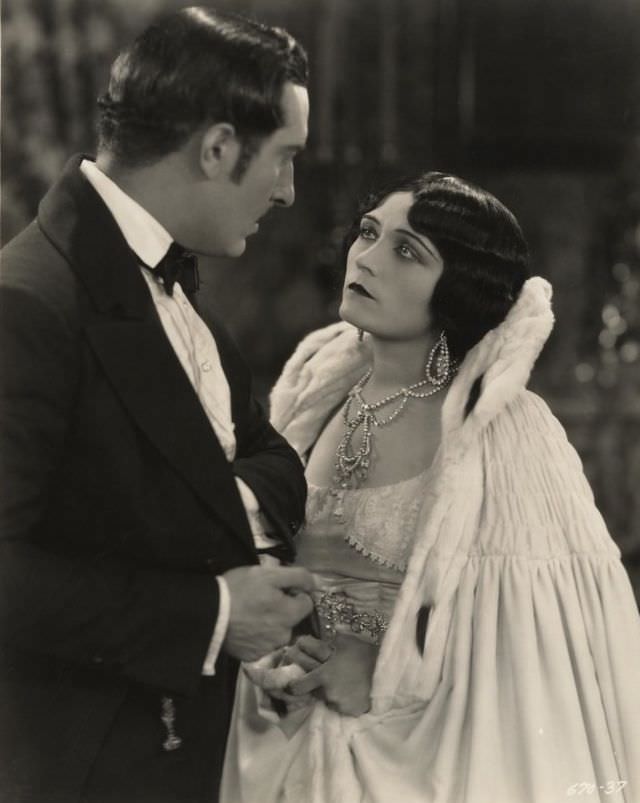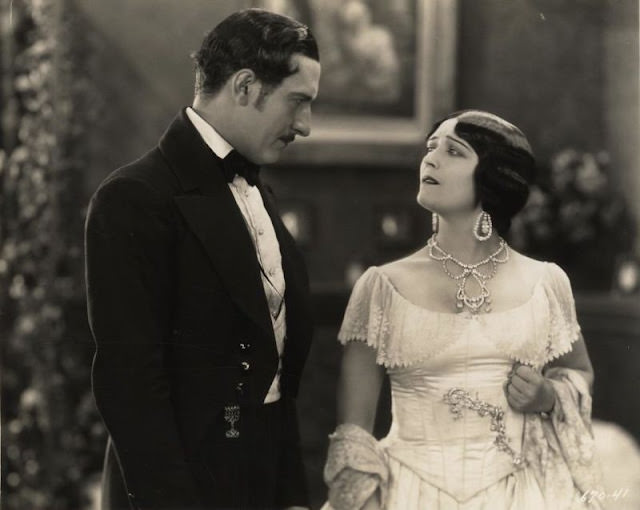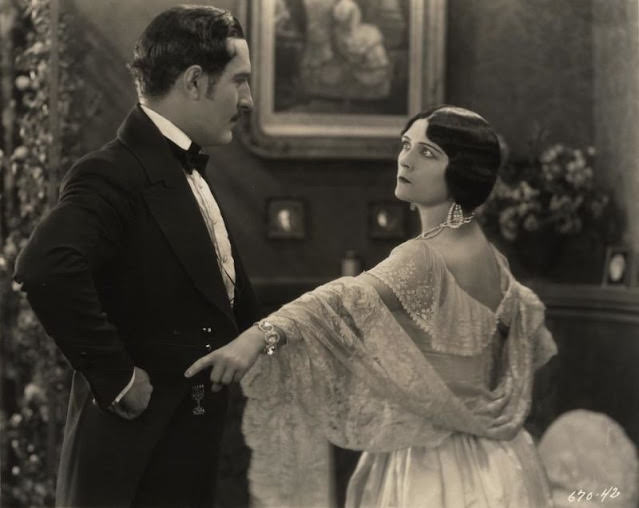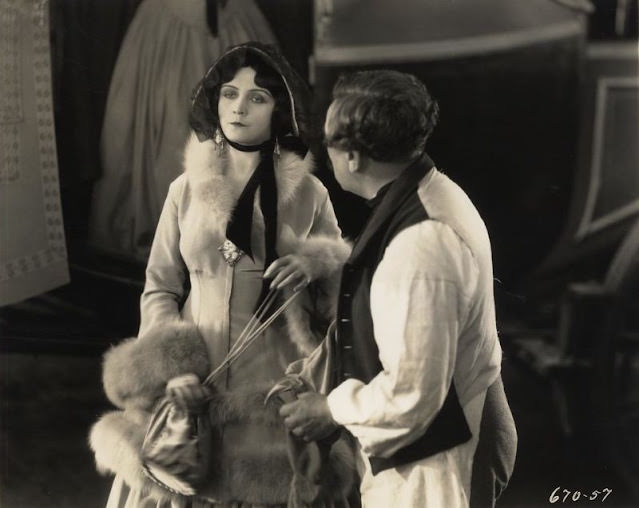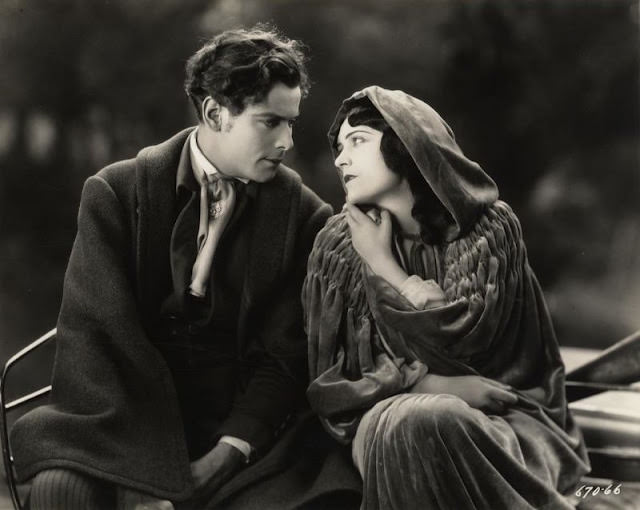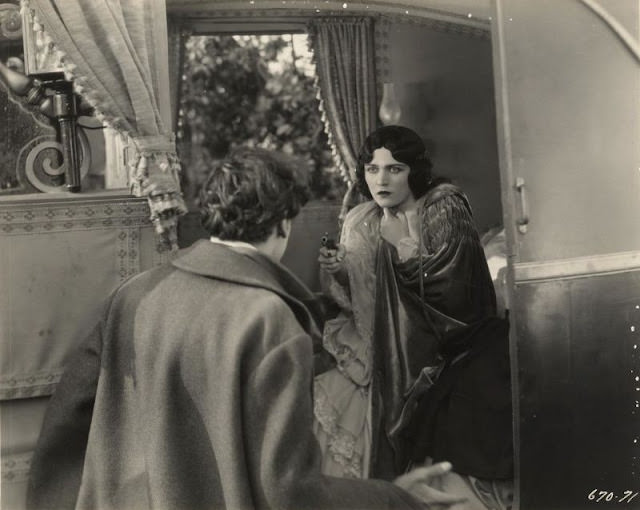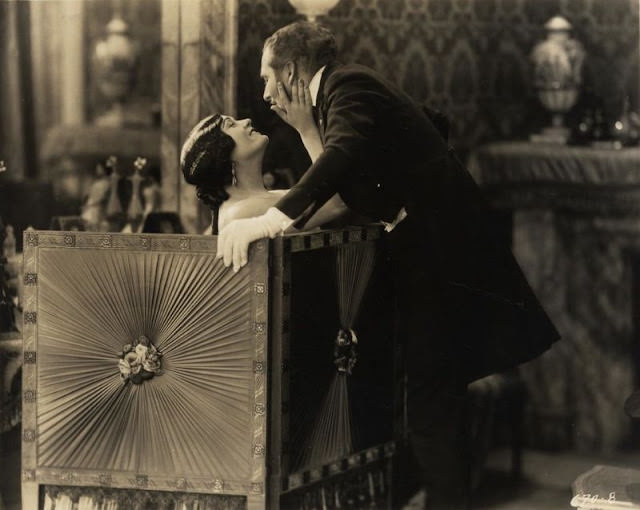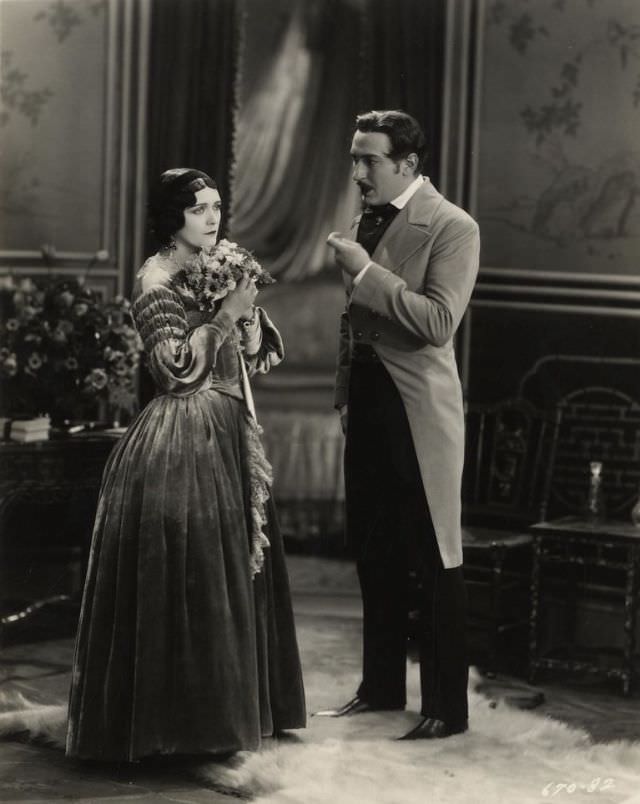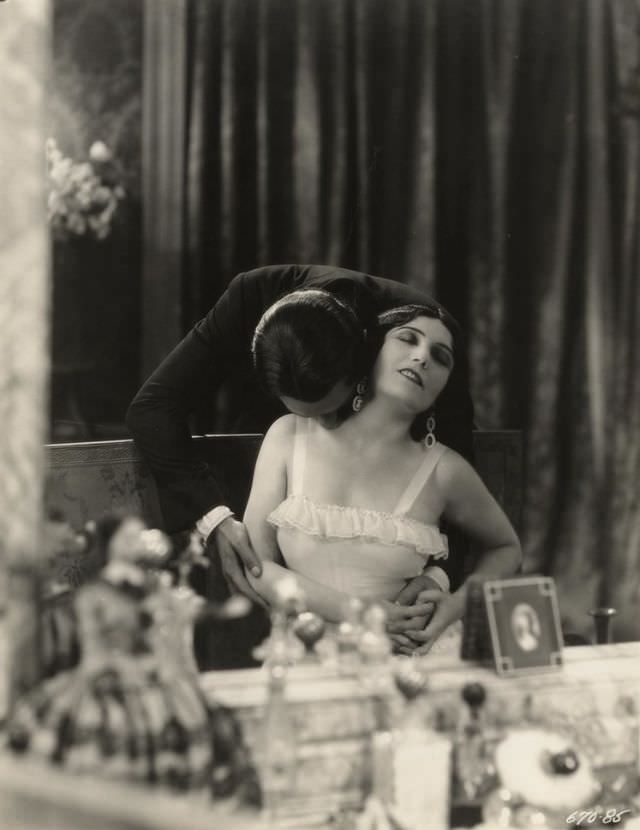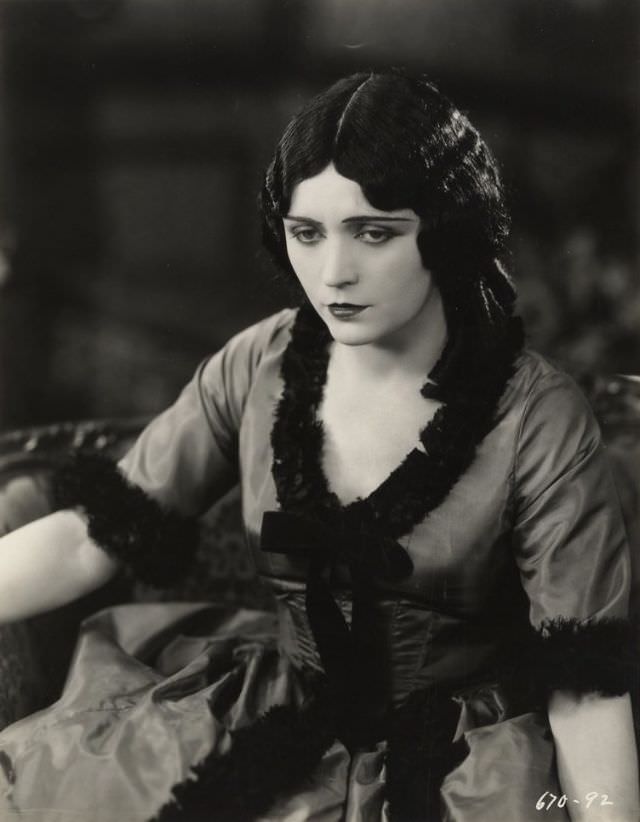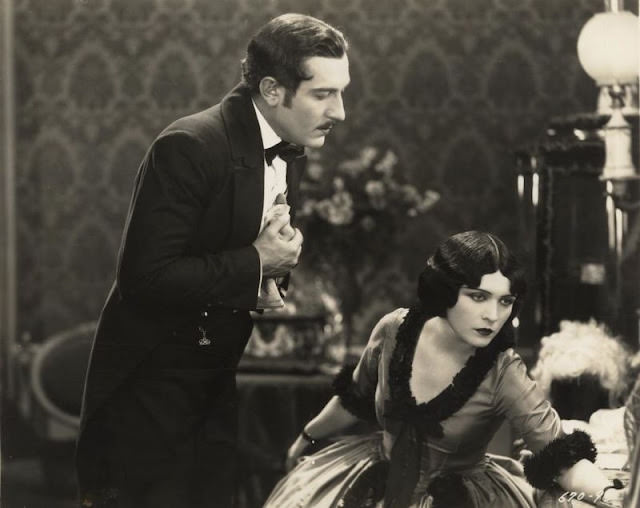“Loves of an Actress” is a silent romantic drama released in 1928, a time when the entertainment industry was transitioning from silent films to “talkies.” Directed by Rowland V. Lee, the film starred Pola Negri as Rachel, a Parisian actress, with Nils Asther and Mary McAllister in supporting roles.
The storyline revolves around Rachel, who captures the hearts of two very different men: a wealthy banker and a young soldier. The film explores the complexities of love and the sacrifices one has to make for it. It navigates the tensions between fame, personal relationships, and societal expectations, all presented in a lush, dramatic narrative.
Cinematographic Techniques
The film was noted for its cinematographic techniques. Its use of lighting, framing, and shadow created an emotive atmosphere that contributed to the story’s gravitas. To capture the essence of Paris, the film employed detailed sets and backdrops, immersing the viewer in an environment filled with opulence and glamour.
The Performance of Pola Negri
Pola Negri’s portrayal of Rachel was particularly noteworthy. Her acting range was on full display, capturing the nuances of a woman torn between love and her career. Her emotive expressions and body language spoke volumes, even without the aid of spoken dialogue—a crucial aspect of silent films.
Reception and Influence
Though now a lesser-known film, “Loves of an Actress” received favorable reviews at the time of its release. Critics praised the performances and the visual aesthetics of the movie. However, it was released during a transitional phase in cinema, as the industry was pivoting to sound films. This contextual element makes “Loves of an Actress” a fascinating study for those interested in the evolution of film techniques and storytelling.
One unique feature was the film’s musical score, designed to accompany the silent sequences. During its premiere and subsequent screenings in larger theaters, live orchestras often played this score, adding another layer to the cinematic experience.


